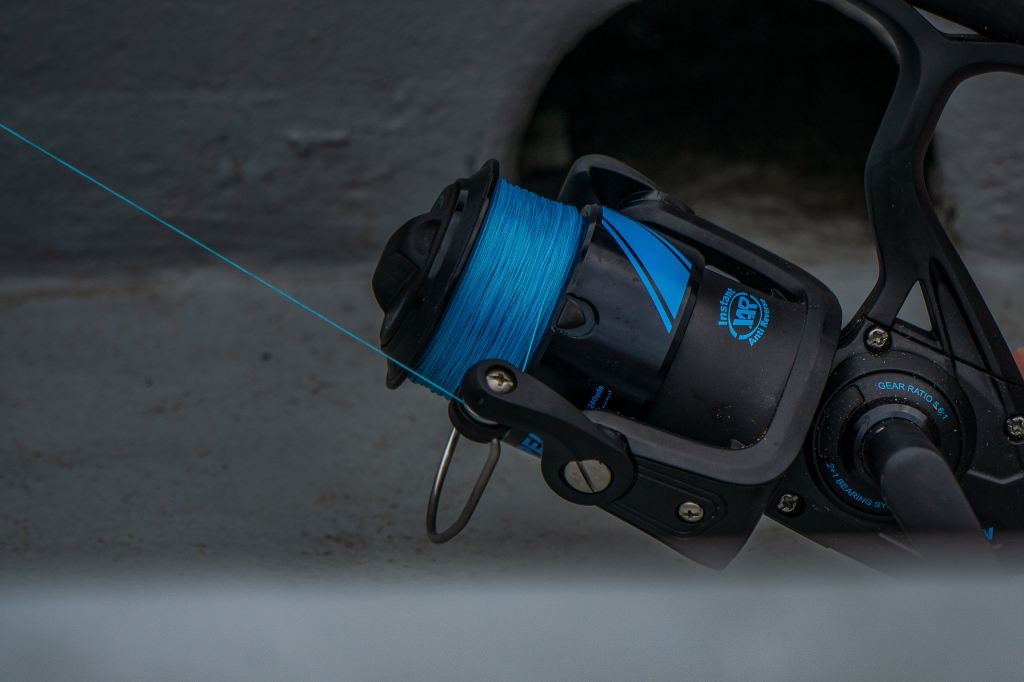Fishing is a sport that requires patience, technique, and precision. When out on the water, every detail counts, and one aspect that can make a significant difference is the type of fishing line used. While there are various types of fishing line available, two of the most popular are nylon and textile lines. In this article, we’ll explore the differences between these two types of lines, focusing on the unique sounds they create in the water.
Nylon Fishing Line
Nylon fishing line is one of the most common types of fishing line used by anglers today. It’s a monofilament line made from a single strand of synthetic material that’s been extruded to form a thin, flexible, and durable fishing line. Nylon fishing line has a number of benefits, including its strength, flexibility, and sensitivity.
One unique aspect of nylon fishing line is the sound it creates in the water. As the line moves through the water, it produces a soft, subtle rustling sound. This sound can be particularly useful when fishing in calm waters, where fish can be easily spooked by loud or sudden noises. The soft rustling of the nylon line can help to lure in fish without alerting them to the angler’s presence.
Textile Fishing Line
Textile fishing line is another type of fishing line that’s growing in popularity among anglers. Unlike nylon line, which is made from a single strand of synthetic material, textile line is made from multiple strands of woven material, such as braided fibers. This gives textile line greater strength, durability, and resistance to abrasion.
When it comes to sound, textile line produces a different type of noise than nylon line. As it moves through the water, textile line creates a more noticeable, audible sound. This sound is often described as a “sizzling” or “whispering” noise, and it can be particularly useful when fishing in faster-moving waters or in waters with a lot of surface noise. The noise created by the textile line can help to mask the angler’s movements, making it harder for fish to detect their presence.
Choosing the Right Fishing Line
Choosing the right fishing line is an essential aspect of any angler’s gear. While both nylon and textile lines have their advantages, it’s important to consider the type of fishing you’ll be doing and the conditions you’ll be fishing in. If you’re fishing in calm waters and want to avoid spooking fish, nylon line may be the better option. On the other hand, if you’re fishing in faster-moving waters or in waters with a lot of surface noise, textile line may be the way to go.
In Conclusion
Fishing line is an essential component of any angler’s gear, and choosing the right type of line can make a significant difference in your success on the water. Nylon and textile lines are two of the most popular types of fishing line available, and each produces a unique sound in the water. By understanding the differences between these two types of line and their respective sounds, anglers can make informed decisions when choosing the right line for their fishing needs.






Leave a comment